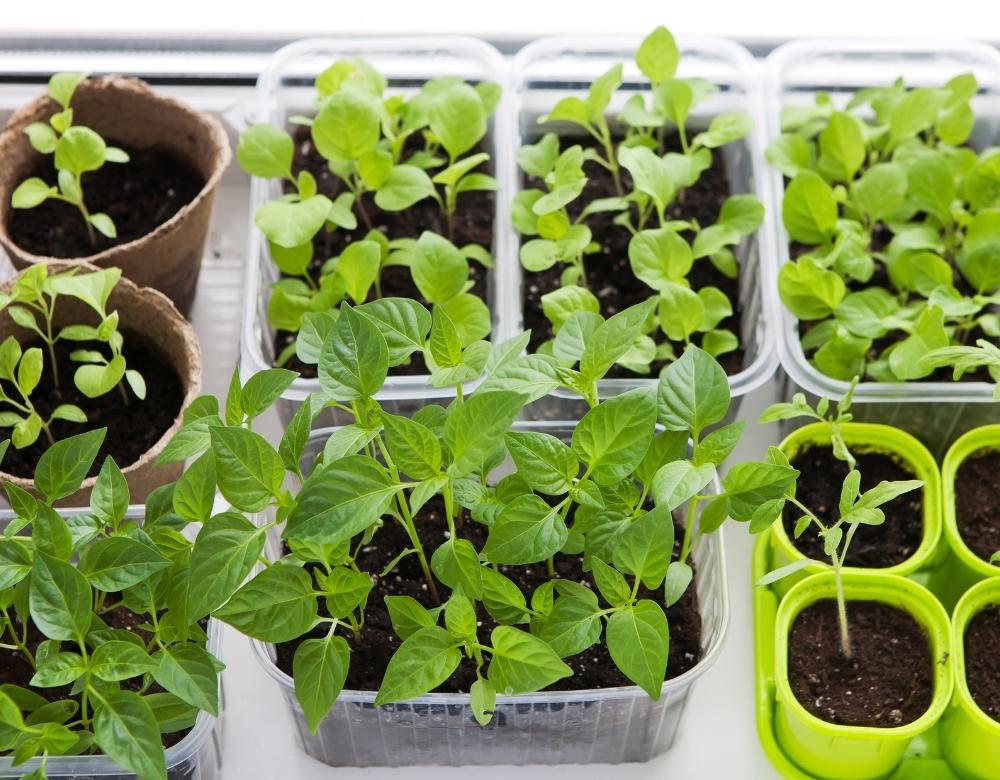Greenhouse and indoor grown leafy greens and culinary herbs provide many advantages over field grown crops, including a more stable climate, more consistent time to harvest, the ability to control lighting, shading, CO2, and increased food safety. Low ambient light levels in the winter and on cloudy days, makes supplemental lighting essential for producing high quality, uniform greens year-round. Since lighting is tied to overall quality and yields, it becomes important to have a reliable lighting system that can deliver on the goals you want to achieve. With so many lighting options on the market, deciding which direction to go can be overwhelming. At Aokairuisi, we produce and sell LED grow lights, and have been helping many growers to build their businesses and achieve their goals for a long time.
LED LUMINAIRES
LED luminaires can be a great choice for many leafy green growers thanks to their high efficiency and ability to dissipate heat away from the crop. Other advantages of LEDs over traditional lighting, include PAR efficacy, ability to target specific wavelengths and control over light intensity (dimming).
HYBRID SYSTEMS
There are many indoor growers would like to use LED grow light, at the same time they don’t want to replace all the HID lights, and one of the best ways can be to implement a hybrid lighting system. A hybrid lighting system is where a growing facility installs both LED and HPS lighting in one grow space. In the case of an LED/HPS hybrid application, this combination can provide the ideal balance between diffuse light distribution and spectral efficiencies. It allows the flexibility to take advantage of the radiant heat from the HPS lighting, but also to extend the supplemental lighting period longer into the spring by using the LED lights only when outside temperatures and daylight hours increase.

